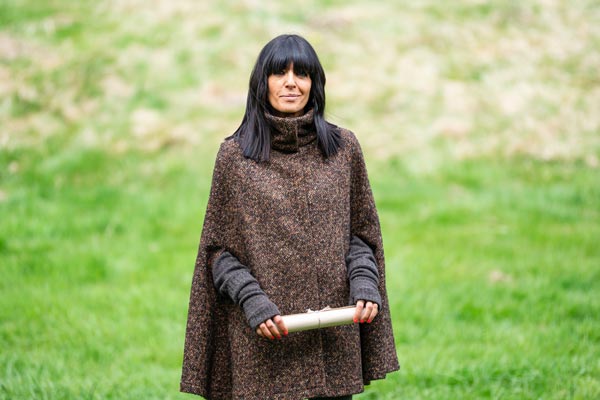1: You can buy young trees that have been inoculated with truffle fungus
This means they can produce truffles when grown under optimum conditions. Many truffle species are edible and are an expensive delicacy. One white truffle sold for £165,000! A type of mycorrhizal fungi, truffles form a symbiotic relationship with trees such as hazel (Corylus avellana), oak (Quercus robur), beech (Fagus sylvatica), silver birch (Betula pendula), hornbeam (Carpinus betulus) and evergreen oak (Quercus ilex). They obtain their energy in the form of sugars from their host plant. In return, the roots of the host tree benefit from an extended network of mycelia (the thread-like roots of fungi), which improves access to water and nutrients from the soil. Truffles grow wild in parts of the UK and are hidden beneath the soil, like the very best treasure!
2: Up to 2,000 new plants species are discovered every year
At the same time, others (there are almost 400,000 known ferns and flowering plants) become extinct. One of the most endangered species is the Western underground orchid, Rhizanthella gardneri, native to Western Australia. It shows no leaves or stems above the surface of the ground and demonstrates a symbiotic relationship between plants and fungi. One of the rarest plants in the world, thought to be extinct in the wild, is Encephalartos woodii. This South African native is a cycad species and only male specimens are known to exist.
3: A ‘mast year’ describes a year when there’s a bumper crop of tree fruit and nuts
Bumper crops, such as acorns and beech mast, are thought to occur naturally every five to ten years to promote the future generation of species. One theory is that it’s a form of predator control. Animals such as squirrels, mice, badgers and birds eat the tree produce, and their numbers are limited by the amount of food available. During a ‘mast year’ the animals can’t eat it all, ensuring some trees can germinate into new saplings.
4: Oak trees need to mature before reproducing
English oak trees (Quercus robur) do not produce acorns until they are around 40 years old.
5: A banana is actually a berry
Not only this, but a strawberry, thought to be the only fruit to produce seeds on the outside, is not a berry. This also applies to raspberries and blackberries. They are actually drupes (‘stone’ fruit). Surprisingly, true berries include bananas, grapes, melons and oranges. The fruits were named long before the precise definition was created. In botanical terms, a berry has three layers: the outer skin, or exocarp, the fleshy interior, termed the mesocarp, and the inside layer which holds the multiple seeds, called the endocarp.
6: Sunflowers can be Teddy Bears
There are up to 70 species of sunflowers (Helianthus). They are not all yellow. Some come in red and purple varieties too. June is a great month to sow seeds directly into the ground but be wary of slugs. When in flower, sunflowers are excellent plants for pollinators and, once the seeds are mature, they make a nutritious snack for birds. Not all sunflowers produce huge heads that track the sun. Some are more diminutive, including the aptly named ‘Teddy Bear’ variety which produces half pom-pom shaped flowers that are soft to the touch.
7: One plant might hide an elephant
Pennisetum purpureum is native to Africa and able to survive on uncultivated land where water levels and nutrients are sparse. It’s known as elephant grass, because it can grow up to 4.5 metres tall and therefore conceal an elephant.
8: You shouldn’t drink cactus water
Despite tales of survival in a desert, it would be unwise to consume water stored inside a cactus leaf or stem. The liquid is extremely acidic and can damage human kidneys.




